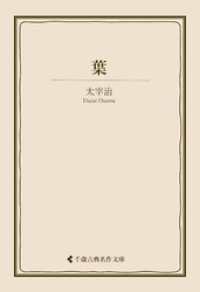Full Description
Repainting the Walls of Lunda chronicles the publication and dissemination of an anthropology book, Paredes Pintadas da Lunda (Painted Walls of Lunda), which was published in Portuguese in 1953. The book featured illustrations of wall murals and sand drawings of the Chokwe peoples of northeastern Angola. These reproductions were adapted in postindependence Angolan nationalist art and post-civil war contemporary art. As Delinda Collier recounts, the pictorial narrative foregrounds the complex relationships between content, distribution, and politicization. The result is a nuanced look at the practices of art entangled in political economies as much as in issues of aesthetics.
After historicizing the drastic changes in media for the Chokwe images, from sand and dwelling to book and from analog to digital, Collier analyzes the formal and infrastructural logic of the two-dimensional images in their subsequent formats, from postindependence canvas paintings to Internet images. Collier does not view any of these iterations as a negation or obliteration of the previous one. Instead, she argues that the logic of reproductive media envelops the past: each mediation adds another layer of context and content. As Collier sees it, the images' historicity is embedded within these media layers, which many Angolan postindependence artists speak of in terms of ghosts or ancestors when describing their encounter with reproductions of the Chokwe art.
If, as Collier contends, "Africa troubles media," this book troubles facile theories and romantic constructions of "analog Africa," boundaries between art and cybernetics, and the firewall between the colonial and the postcolonial.
Contents
Contents
Introduction
1. Diamang as Apparatus: The Production of Painted Walls of Lunda in 1953
2. The Myth of Analog Africa: The Transition to Information Colonialism
3. Rebouco: Postindependence Art and Angolan Socialism
4. "Rescue and Visibility": The Digitization of Painted Walls of Lunda and Postwar Angolan Art
Conclusion
Acknowledgments
Notes
Index








